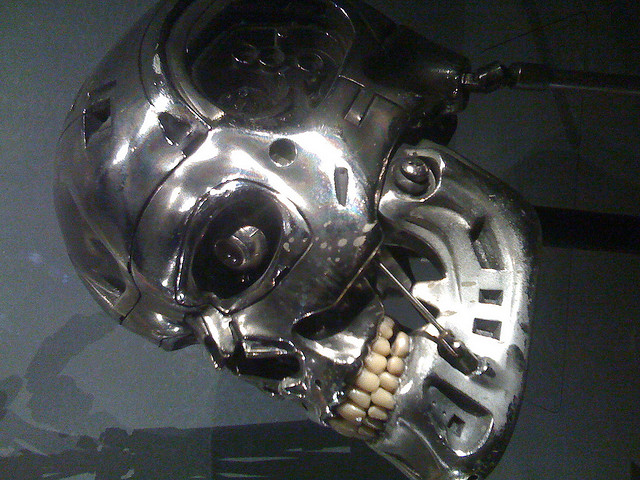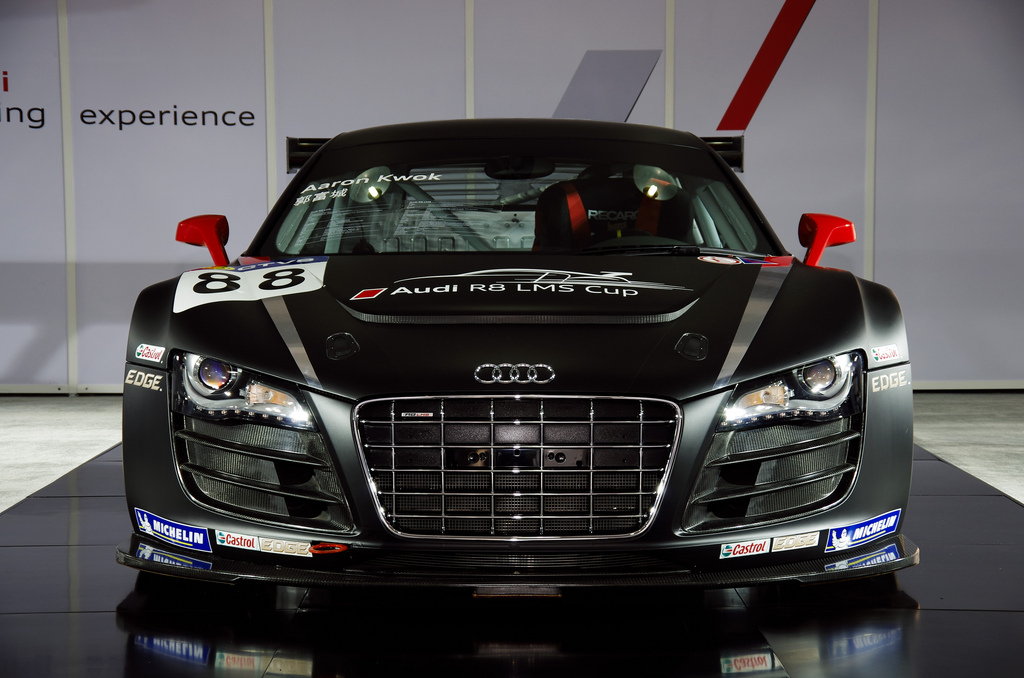
Technology will kill us all. Photo: Dave
The relationship between technology and culture, as Murphie and Potts have pointed out, is a highly contentious debate. One with many vastly different views and opinions. Amongst the differing theories and studies behind this relationship, there is an underlying factor. That is that there IS a relationship between culture and technology. It is without a doubt that they interact. They quote Marcel Mauss with a valuable idea:
we are everywhere faced with physio-psycho-sociological assemblages of series of actions. These actions are more or less habitual and more or less ancient in the life of the individual and history of society
This idea ties technology, techniques and society into each other. The technologies shape and are shaped by the techniques surrounding them, that become imbedded in society, passed down through culture and ancestory, as well as instinctive behaviours.
Murphie and Potts also teach as some valuable definitions for terms; technique, technology and culture.
Technique is expanded upon, from simply being a skill or way in which a technology is used, into the entire tree of thought stemming from a technology. The psychological thinking, the way it’s used, the way it is thought of and the way society and the individual utilises it.
As for technology, they offer us a number of definitions, from respected theorists and academics.
That constellation of knowledge, processes, skills and products whose aim is to control and transform
Ordered systems that involve people, organisations, living things and machines
It is clear that technology has been interpreted differently since the inception of the idea, and as Murphie and Potts state, the word has been broadened to include a greater arc of thinking.
Culture is dynamic and multiple in its meaning. It can be applied to a wide range of ideas, thus Murphie and Potts argue that it is always changing, hence dynamic. Culture changes with society and technology.
These ideas are all intertwined, for better or worse. There’s no yes/no, but we can definitely acknowledge the relationship that exists between these ideas.



